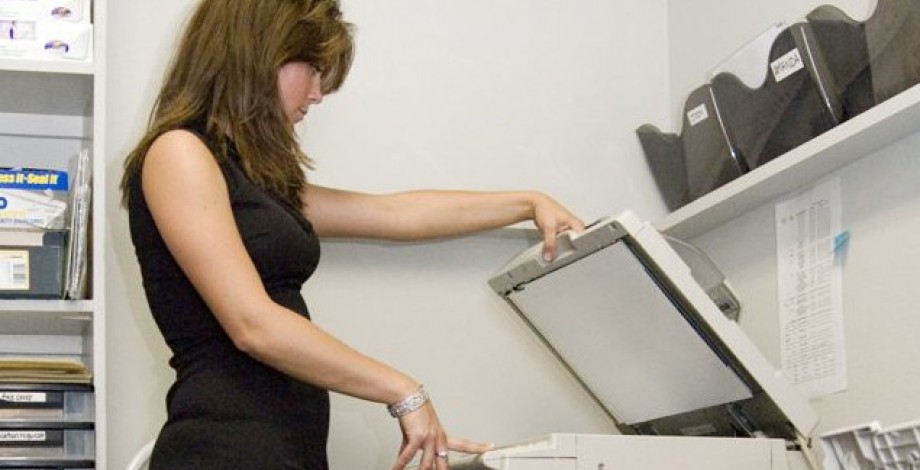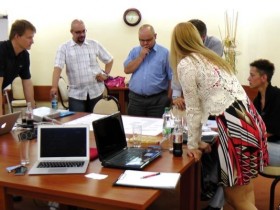You may have come across the opinion that creativity is a privilege of just a few chosen ones. Still, company owners demand that their employees have new creative ideas or a creative approach to their activities. Without new approaches, ideas, the company will come to a standstill. Eventually, it may even end its operation. How about becoming a creative person? Can we take a step or two in this direction? YES, WE CAN, says OwnWay.
End the copying
At the beginning, there is mostly a good idea. That was what used to drive companies forward. There were no computers, just a pencil and a sheet of paper. No chance of downloading a potential solution from the Internet. People needed to work with their own ideas and experience. They simply had to think. The best of the ideas made it to practice and were realized. They worked and made money. As the times walked by, people were changing; we got notebooks, iPads. We would create templates to spare time. Filling in a template indeed looks like doing some nice piece of work. Well, it depends on what you have filled it with. Mostly, the work on the template was done by somebody else before.
We are all most preoccupied with the result. For that is what we are getting paid for. The results are largely dependent on the idea. The idea imprinted in the template. Burdened with plenty of work, or because of the pressure from their bosses, more often than not, people repeatedly copy the original concepts, projects, reports. We rarely come to realize that the original concepts came into being even 5 or more years ago. It was good, it worked. Why should not it work now, then? Perhaps because the business environment has changed dramatically over the years. And now the bosses continue to get excited over the contents of the reports. “Someone” has forgotten to delete it again.
When you think of it, bringing a template to a press conference makes it all very traditional: there is the taking of your seat at the conference table, there is the putting questions to speakers and there is the subject you should be interested in. What if you made it a little non-traditional, making the journalists feel the subject rather than just listen to a routine speech-making?
Do you want a change? If so, refrain from copying and take a pencil in your hand. It is the quickest way to “materialize” an idea, even in the world of PCs and tablets. You can both draw and write without the need to open additional software. When you begin thinking about how to capture an idea in the software, you keep one part of your brain capacity busy with the SW instead of with the new creative idea. And most importantly, a creative idea is swift and if you fail to capture it swiftly, it will “fly away”.
The desire to do things better
While in practice, you will discover that there are people who are under pressure from a great volume of work or merciless deadlines. We all will get to this point, sooner or later. Once there, the choice is ours, whether we will reach for a seemingly simpler solution to copy so that we have some concept in hand to show to our bosses or not. At least, he or she will not be able to say we did nothing. It is right here where we begin losing time making copies, printing needless and sometimes even voluminous materials nobody will ever have time to read. Indeed, momentarily, we have “resolved“ our problem. As soon as we repeat this procedure, we will have a habit. The much desired creativity will never show up, then. Later you may find out, though, that one page with a good idea is better than a template full of old “time-proven“ procedures. Copying makes easy alibi that some bosses are slow to uncover, viewing the capacity of work and the benefit of a new solution. Initially, it is always just the solution in the making.

The Real | Interim Manager for Your Changes

Manager work model

Time management - making use of time effectively
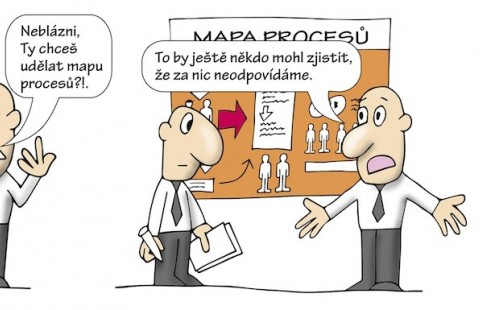
Jak správně tvořit mapu procesů

Modelling and setting the processes and procedures - ISO 9001

Training - preparation of the SWOT analysis and strategy
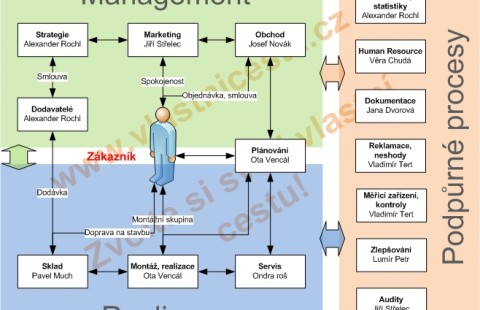
Company Management System of Quality Step by Step - ISO 9001
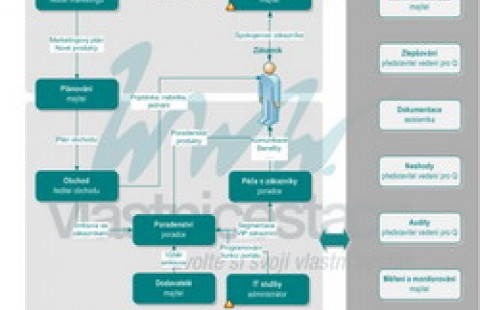
Process map acc ISO 9001 - business offer
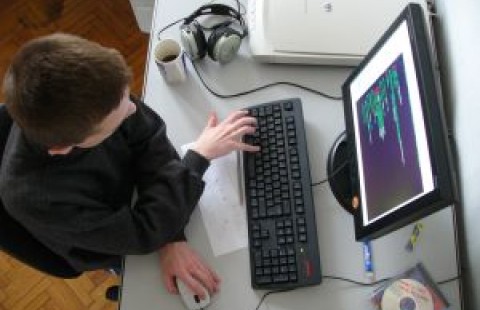
IT staff communication
A desire is the single most important factor in making creative concepts and innovative procedures. The desire to do things better, void of copying and duplication. Volition is absolutely essential here. There will be no creativity without this inner approach to life and the situations in the workplace.
How to encourage creativity: the procedure
I know positively from my own practice that creativity can be encouraged. I am appending one procedure that has worked well for me. Even it has worked well for my clients. All they needed was a little bit of leadership while working with particular examples. Subsequently they were able to prepare new procedures, ideas and solutions. The greatest joy was then brought about by reaching the work results following realization. They were even surprised that creating new things was so easy and – sometimes – quicker than copying and adjusting old concepts.
If you want to improve your creativity, try it like this:
- Set yourselves an undisturbed time period ‒ 5 minutes is enough
- Concentrate on the chosen subject ‒ write and draw everything you know on a sheet of paper
- Search for an idea ‒ browse through your mind, assessing nothing, evaluating nothing.
- Write and draw – put down and vizualize every thought that comes on your mind
- There are always more concepts than one ‒ keep searching until you have found at least 3
- Set your mind like there is no escape ‒ I simply have to! So you concentrate and try.
- Look for the most suitable time ‒ try it at different times ( I have time / I feel comfortable / I do not have time, neither do I feel comfortable )
Later you will discover that concentrating on the given subject is the most important thing. Creativity and new ideas will come to you when you have deeply understood the situation. Having a strong will to resolve the problem also plays a crucial role here.
Putting it simply: do not procrastinate and quickly immerse yourselves in the subject. The more you train, the easier it gets. You will be surprised how many new solution variants you will find. You will get into a cycle of looking into things and immediately coming up with new ideas. Good luck.

